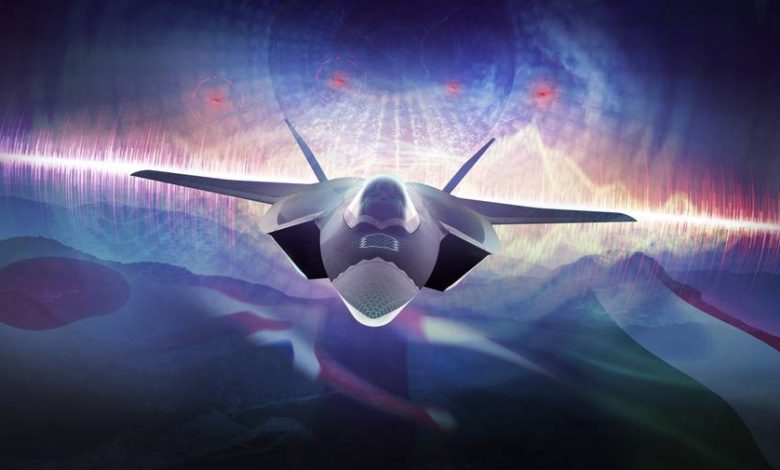What’s the spending plan for sixth-gen fighters around the world?

The latest Future Years Defense Program, for fiscal 2025, shows continued support within the Pentagon for dramatic growth in spending on so-called sixth-generation aircraft, most prominently including the Air Force’s Next Generation Air Dominance and the Navy’s F/A-XX programs. At the same time, enthusiasm continues in Europe and Asia for another competing pair of sixth-gen developments, notably the French-German-Spanish Future Combat Air System and the British-Japanese-Italian Global Combat Air Programme.
Taken together, these three major developments — coupled with the collaborative combat aircraft intended to accompany them — are expected to drive $70 billion in probability-weighted spending between 2024 and 2030, according to Tamarack Defense’s military aircraft market forecast.
While production deliveries by 2030 for any of the major platforms are expected to be slim, we can see substantial increases in research and development spending across the board through the period. In the U.S., sixth-gen budgets grow from $4 billion in FY24 to $12.6 billion in FY29, the last year of the Future Years Defense Program — a total of $40.7 billion. Of this amount, roughly 91% is for research, development, test and evaluation. As designs mature, spending is expected to increase commensurately.
Tamarack Defense anticipates collaborative combat aircraft, or CCA, deliveries will take place earlier and in higher volumes than the larger platforms to which they are tied. In total, Tamarack Defense’s current factored production forecast across the U.S. Air Force’s and U.S. Navy’s CCA programs anticipates 255 deliveries by 2030, and 950 by 2033.
Outside the U.S., Tamarack Defense projects minimal production deliveries, but steady growth in development activity, with total contractor-available funding on the order of $2 billion to $3 billion per year for sixth-gen programs. Production deliveries for these programs remain beyond the 2030 horizon, but early prototypes are expected within the medium-term research and development plan.
Logan Slone is a co-founder of Tamarack Defense, a data analytics and advisory firm.






